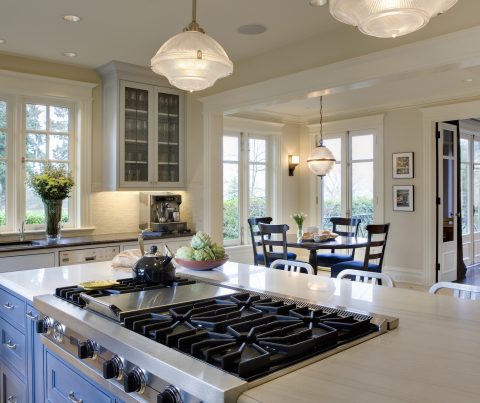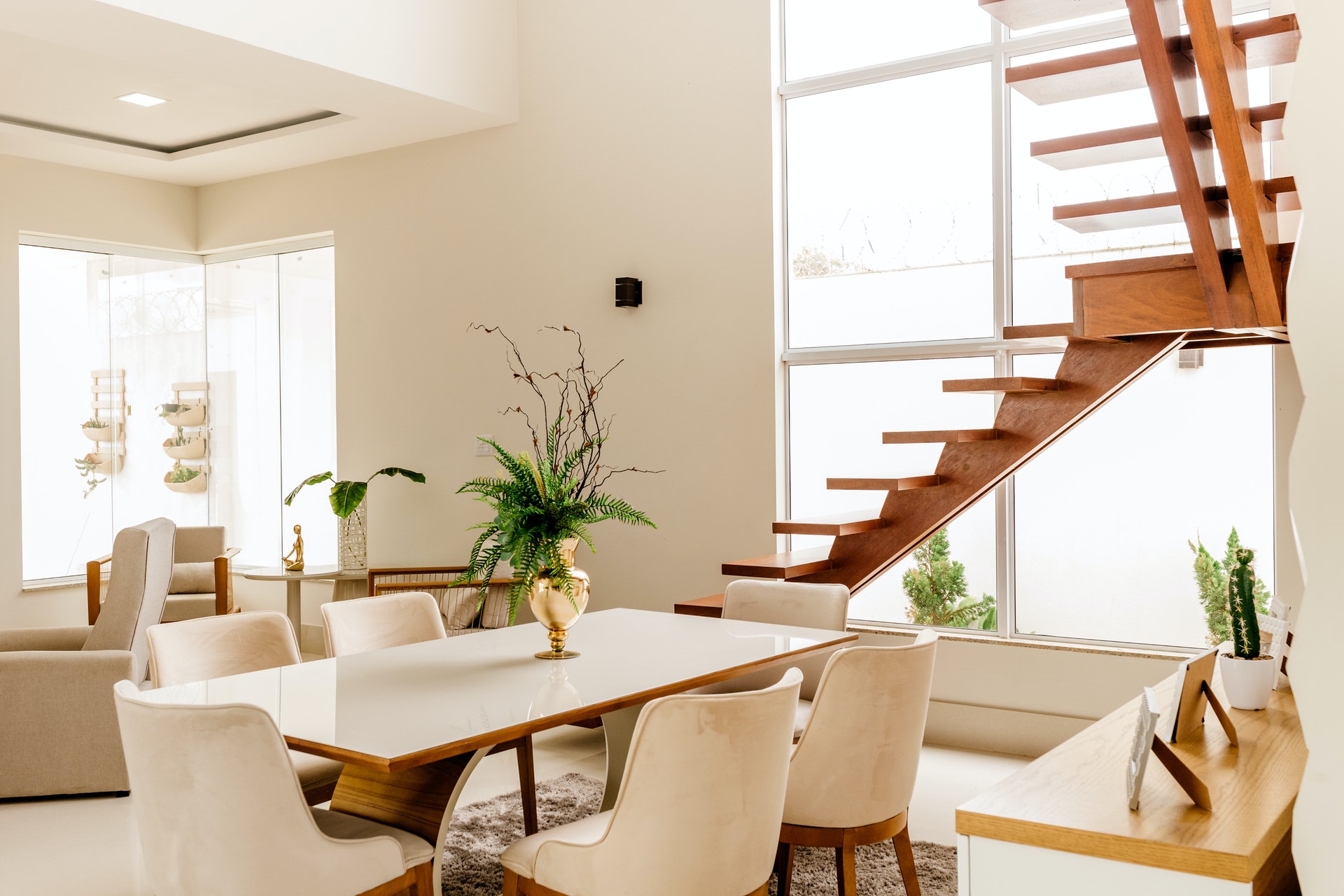A landscape project can transform your home’s outdoor area, but it can also be full of many decisions and tasks. There are a multitude of elements, materials, and costs that will all play a role in your project schedule. When planning to remodel the landscape of your home, know when you should hire a professional landscaper and when you should DIY. Whether you are looking to entirely remodel your backyard with pathways and plants or simply add a new lawn, keeping on schedule is key.
Decide the scope of your landscape project
Before beginning any construction on your landscape, it’s important to plan ahead on what exact type of remodel you want to have done. Are there trees that require trimming or erosion issues that need to be addressed? Do you want to install a patio or path, re slope a lawn, or build a gazebo? Landscaping can involve multiple projects and it can be easy to add more ideas (and greater costs) as your remodeling project is in process. Consulting a professional can help you make educated decisions, especially with complex yard issues. Your contractor, landscaper, or landscape architect will be able to discuss possibilities with you and gather examples for you to vision what your end result could be. The following are examples of projects that could be a part of your landscaping remodel:
Lawn – A lawn is a simple way to cover your property with greenery, but does require some maintenance such as watering and fertilizing. When installing a lawn, consider the cost of mowing, fertilizing and irrigation.
Patios and paths – Adding a patio to your outdoor kitchen or creating a pathway leading from your backdoor to your garden offers places for relaxation and structure. Cement, brick, and granite are all types of material that can be used, but will vary in price and amount used. Pathways and patios are generally considered to be low maintenance however the size and materials will affect the initial costs.
Xeriscaping – This form of landscaping and gardening involves low maintenance plants, shrubs or soil by reducing the need for water and irrigation. The key is water conservation and in general these types of gardens are inexpensive in the long run, but it can be more expensive to install.
Flowers and gardens – For a more complex landscape design, planting flowers or sectioning off a space for a garden can be a great addition to your overall landscape remodel. This may require extra outside support from a professional to develop the right layout and materials necessary for your specific design. The types of plants you use will determine the overall maintenance costs and water usage.
Water features and irrigation – Most landscapes will need a form of irrigation system for maintenance. Whether you want to have an automatic sprinkler system or use a rain collection system, the set up costs and maintenance costs should be considered. Other water features such as a fountain, pond, or pool will be an additional project to your landscape that may need certain zoning or building permits.
Create a schedule
Once you’ve decided upon the overall scope of work and chosen who will do the work, create a work back schedule. This is a spreadsheet that notes all the projects to be completed, materials on order and expected delivery dates, the projected completion dates for each installation, and notes any holidays or days off. When working with a landscape architect, he or she will most likely manage the overall scope and project timeline. Regularly checking in with your landscape architect and asking about potential delays will ensure you have full knowledge of the schedule. If you are doing most of the work yourself, or hiring subcontractors, you will want to create a schedule in order to keep track of deliverables and when your pros are scheduled to show up. Monitoring this schedule, tracking delays and serving as project manager will ensure you know how the project is going.
Develop a contract
A contract is a legal agreement between you and your hired professional in the form of a written document. Having a contract for your landscape project will make sure you have a structured timeline for your remodel, while also staying on track with your budget. The type of materials you decide to include in your new landscape will affect the pace of your project due to shipping, processing, and handling of items and products. Your contract will act as your guideline for ensuring all materials and actions are performed on time and meet your needs.
When you don’t have a schedule
Some homeowners choose to develop their properties and landscape over time. Landscaping differs from interior remodeling projects in that it requires a certain amount of time and patience for the landscape to truly be formed – and even then, it is in a constant state of change and growth. If you choose to slowly work on your yard, you’ll have the benefit of purchasing items when they are on sale, or allowing yourself time to save money for particular projects like tree removal or swimming pool installation. But even when your goal is to work on the yard over time, it may still be a good idea to develop an overall timeline for completing particular projects. For example, you may want to complete landscaping the front yard within the summer months, or complete your side yard pathway over the course of four weekends. No matter what the project, writing on paper the overall goals, project costs and time expectation can help you keep DIY projects on schedule.




